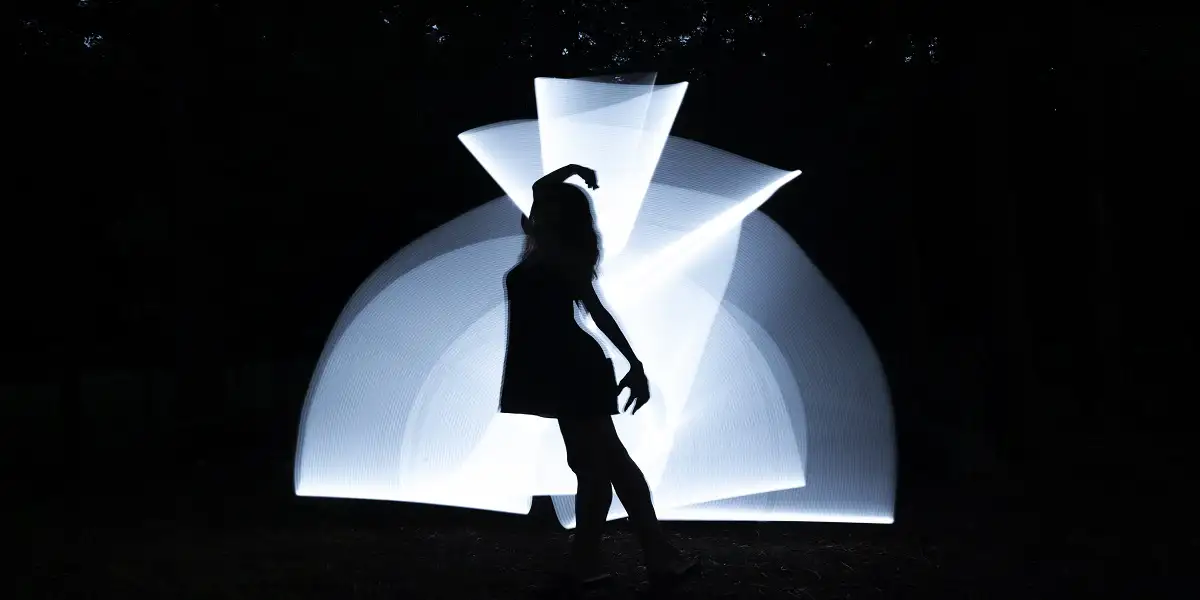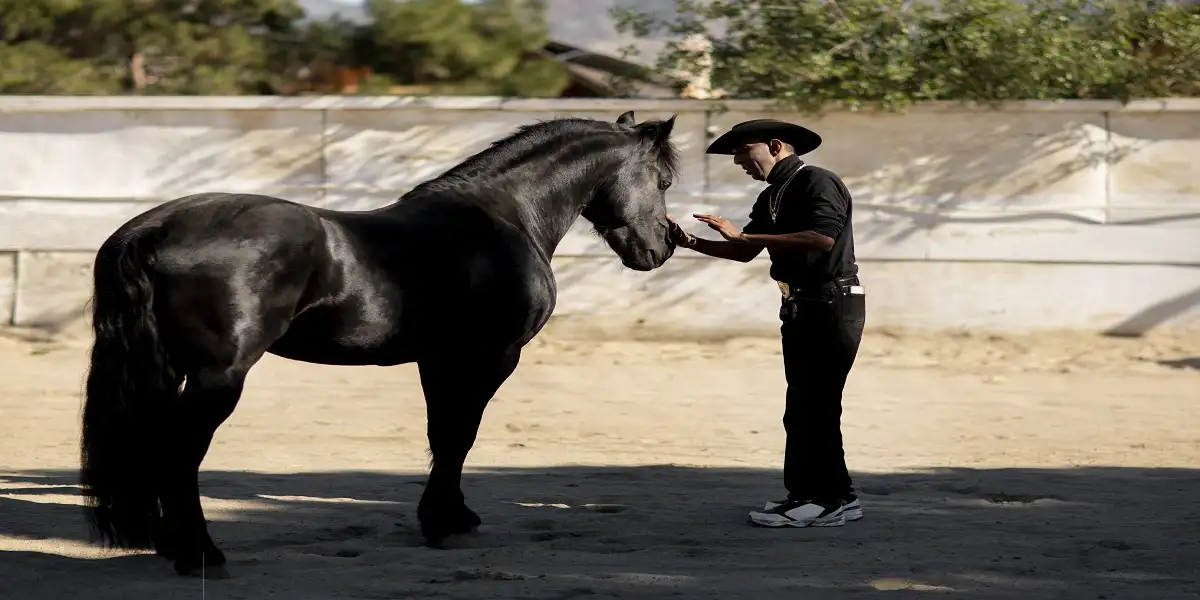Introduction
Family stands as one of the most profound symbols in human life. It represents love, unity, support, and a shared history that spans generations. Throughout cultures and societies, the concept of symbol:z3mjablhs0w= family carries deep significance, transcending mere biological connections to encompass emotional bonds that shape our identities. The symbol of family manifests in various forms—through traditions, rituals, and even in the very way we interact with one another. In this article, we will explore the different dimensions of family as a symbol, its importance in our lives, and how it influences our sense of belonging.
The Core of the Family Symbol
At the heart of the family symbol lies the idea of unity. A family, regardless of its size or structure, represents a group of individuals connected by blood, marriage, or choice, who share a common goal of supporting one another. This unity creates a sense of security and stability, allowing individuals to grow and thrive within a supportive environment. The family symbol embodies this unity through the shared experiences, values, and traditions that bind members together.
In many cultures, symbol:z3mjablhs0w= family serves as the foundation upon which society builds. It teaches values, shapes behavior, and provides a sense of identity. From the moment of birth, individuals become part of a family, inheriting not just genetic traits but also cultural and social practices that influence their worldview. The family symbol, therefore, plays a crucial role in the development of individuals, molding them into contributing members of society.
Cultural Representations of Family
Different cultures express the symbol of family in various ways. In many societies, the family tree stands as a powerful representation of lineage and heritage. This tree, with its roots deep in the past and branches reaching toward the future, symbolizes the continuity of family ties across generations. Each branch represents a new generation, while the roots signify the ancestors who laid the foundation for the family’s existence.
In some cultures, symbols like the hearth or home embody the essence of family. The hearth, a central element in many households, represents warmth, nourishment, and the gathering of symbol:z3mjablhs0w= family members. It serves as a place where stories get shared, meals get prepared, and bonds get strengthened. The home, on the other hand, symbolizes the physical space where families come together, a sanctuary from the outside world where members find comfort and solace.
Family crests and coats of arms also serve as symbols of family, especially in Western cultures. These emblems, often passed down through generations, represent the family’s history, achievements, and values. They provide a visual representation of the family’s legacy, reminding members of their shared heritage and the responsibilities that come with it.
The Modern Family Symbol
In today’s world, the concept of family has evolved to include diverse structures and forms. The traditional nuclear family, consisting of two parents and their children, now exists alongside single-parent families, blended families, and families formed through adoption or other means. Despite these changes, the symbol of family remains strong, adapting to reflect the evolving nature of relationships.
For many, the symbol of symbol:z3mjablhs0w= family extends beyond blood relations. Close friends, mentors, and even communities can become symbolic families, offering the same support, love, and unity traditionally associated with biological families. These chosen families reflect the idea that the essence of family lies not in genetics but in the bonds that people form with one another.
The modern family symbol also recognizes the importance of inclusivity and diversity. In a world where different cultures, religions, and lifestyles coexist, the symbol of family has expanded to embrace all forms of familial relationships. This inclusivity highlights the universal need for connection and belonging, reinforcing the idea that family, in its various forms, plays a crucial role in shaping our lives.
The Role of Family Symbols in Society
Family symbols play an essential role in society by reinforcing the values and principles that bind individuals together. These symbols remind us of the importance of loyalty, respect, and responsibility within the family unit. They encourage individuals to uphold the traditions and customs passed down through generations, ensuring the continuity of cultural and social practices.
In times of crisis, symbol:z3mjablhs0w= family symbols often serve as sources of strength and resilience. The image of a united family can provide comfort and hope, reminding individuals that they are not alone in their struggles. This sense of solidarity empowers individuals to face challenges with confidence, knowing that their family stands behind them.
Moreover, family symbols contribute to the formation of a collective identity. They create a sense of belonging and pride among family members, fostering a connection that transcends individual differences. This collective identity not only strengthens the family unit but also contributes to the stability and cohesion of society as a whole.
Family in Art and Literature
The symbol of family has inspired countless works of art and literature throughout history. In many cultures, artists and writers have explored the complexities of family relationships, using the symbol of family to convey themes of love, conflict, sacrifice, and redemption.
In literature, family often serves as the central theme, driving the narrative and shaping the characters’ journeys. Classic novels like Leo Tolstoy’s Anna Karenina and William Faulkner’s The Sound and the Fury delve into the intricacies of family dynamics, revealing how familial ties influence individuals’ choices and actions. These works, among many others, underscore the profound impact that family has on our lives.
Art also reflects the symbol of symbol:z3mjablhs0w= family, with countless paintings, sculptures, and photographs depicting family scenes. From Renaissance portraits of royal families to modern-day depictions of everyday family life, artists have long used the symbol of family to capture the essence of human connection. These works of art not only celebrate the beauty of family bonds but also serve as reminders of the universal nature of familial relationships.
The Future of Family as a Symbol
As society continues to evolve, the symbol of family will undoubtedly adapt to reflect the changing dynamics of relationships. Technological advancements, shifts in cultural norms, and global interconnectedness will shape the way we perceive and experience family. However, the core values associated with the symbol of family—love, unity, support, and continuity—will remain constant.
In the future, the symbol of family may take on new forms, incorporating digital connections and virtual communities. Yet, the fundamental need for human connection and belonging will ensure that the symbol of family continues to hold significant meaning in our lives. As we navigate the complexities of modern life, the symbol of family will serve as a reminder of the importance of nurturing relationships, preserving traditions, and supporting one another through life’s challenges.
Conclusion
The symbol of symbol:z3mjablhs0w= family transcends time, culture, and social structures, representing the fundamental human need for connection, love, and support. Whether through traditional representations like the family tree and the hearth or modern expressions that include diverse family forms, the symbol of family remains a powerful force in shaping our identities and guiding our actions. As we look to the future, the symbol of family will continue to evolve, but its core essence will endure, reminding us of the enduring importance of family in our lives. See more



